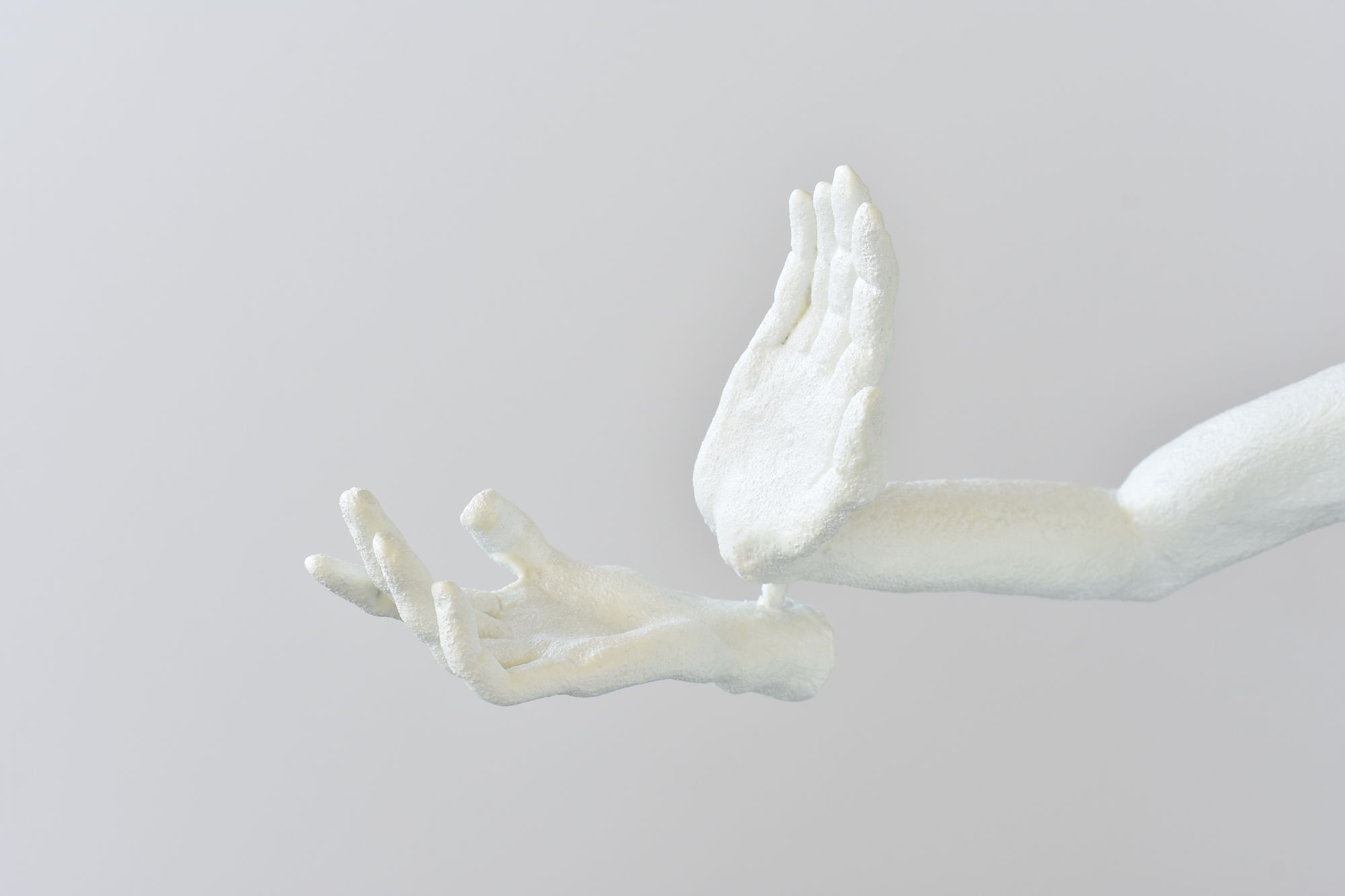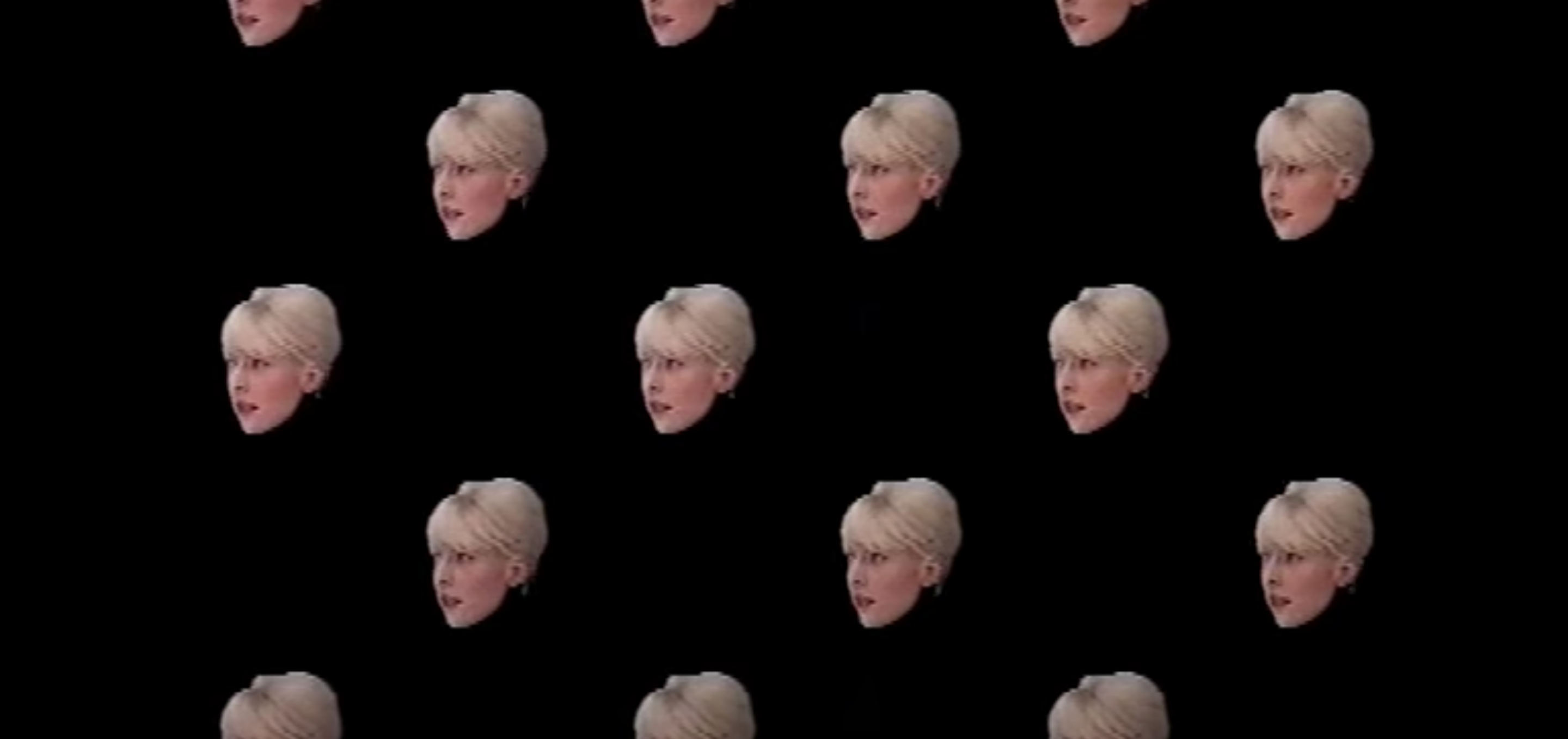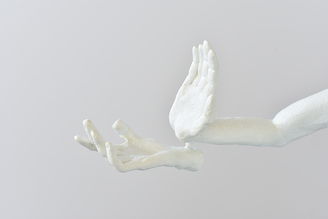During the exhibition the gallery is closed, no. 4 Imperfect Listsicles


Jesse Wine, The Pauses, 2020, detail. Courtesy the artist, Simone Subal Gallery, New York, and The Modern Institute, Glasgow
Editorial
Realities TV
We don’t see our faces when talking to others. We hear our voices; we feel our lips moving. At times we can see our hands waving. Mainly we see the faces of our interlocutors. We see the lives of others played out in movies and on television and at times decide to craft ourselves after some of them. But unless we are cast as the stars of reality television we don’t watch ourselves living. Recent technologies gradually have been training us to watch our own lives elapse. Photography documented passing moments of lives, and so did Super 8. There was Kodachrome, the camcorder, Polaroid, and so on. Then self-representation and preservation were digitally accelerated. There came YouTube, then came the iPhone, and then there was Facebook, Instagram, TikTok, whatnot. We became .jpegs and .movs as we scrolled through our photo applications, watching our recent pasts flicker on the screens of our smartphones. While we have shared our lives excessively on social networks, and have become the spectators of others’ lives, until recently we had yet to livestream life in its totality.
It took a pandemic for us to start starring in our own lives. Cruising through video conferencing platforms, from Zoom to Houseparty, Google Hangouts, to Whereby, Instagram Live to FaceTime, we are now seeing ourselves as the protagonists of our lives as never before. In the fiction of our lives, we have often played characters in the wings, understanding life as it is lived by others, through others. We have interiority, but we do not watch ourselves externalized in the world — even though we believe we are there. In memories we see others, and also in our dreams.
Suddenly, we have watched ourselves enter the stage we know we share with others, but this time we see our own representations among them. We see ourselves against the background of our everyday environs, our living quarters turning into the mises-en-scène of the theater of life – and labor. We are going through a planetary mirror stage. Covid, co-vid, together in video.
We are videoing together, on the couch, at the kitchen table, in bed. Walking around the house, making coffee, drinking, eating. We meet strangers on video, we become friends. We lose friends. The fiction of “I” that according to psychoanalysis casts us as the protagonists of our autobiographies after first recognizing ourselves in the mirror, now is finally interspersed as an active participant, an other among others. Stacked in grids, we are watching images of ourselves, floating through screens, sliding against others’ boxed-in “realities.”
But the image that the screen projects of us is not the Ideal-I of the mirror that we have aspired to our whole lives. It’s a pixelated, grotesque, odd, ludicrous, barely recognizable image that we hopelessly try to approximate to the one we see in the mirror. It is the Inferior-I. One that is captured by the shoddy wide-angle camera of a phone or computer and stretched out into a grid. For many of us who were comfortably sitting in the wings of our lives, this new talent show is excruciating. Now the “I” that struggles to self-actualize in the mirror tries to do the same with a poor image of itself – hence the constant twitching, fixing the hair, fishing the lips, changing the angle. We constantly try to adjust our image, to make it look better among all the other subpar-looking talking heads, and we all fail. But this distraction comes at the expense of listening. We used to listen to others talk, now we examine our looks. Just like the supposed “leaders” who are so over-obsessed with their streaming self-image that they no longer listen.
If the movie star dominated the apparatus to create an ideal image for the masses, we obviously are losing it to the video chat. We are all Zoombies (B.H.™) piled up in grids. Over the last many decades, feminist and queer performance/video art have gone after the industry-produced archetype of the star image of the dominant subject. It deconstructed its fable, corroded and spoiled it, perverted it, injected it with multitudes of desires and detourned it into an image that includes many other forms of existence. When our enforced isolation beams out less-than-ideal images of us in our less-than-ideal lives, we can whirl, twist, and gyre in front of our screens. Follow Birnbaum’s Wonder Woman into the hall of mirrors, explode, “come from under,” and resurrect the Zoombies starring in Realities TV.
Today I’m just like
A person with a device
My mind jumps from place
To place, I’m doing karaoke
I make the screen go up
To another thought, oops
I don’t like this one oh
My! Let’s scroll down to
A more Hallmark moment I
Have an app for waterfalls
No I’ll go to my sex app
Bernadette Mayer
- Sohrab Mohebbi
Imperfect Listsicles
We were scheduled to open Jesse Wine’s first institutional solo exhibition in the United States in early May, but now Jesse Wine: Imperfect List will wait until the fall. For now, we can share some information about the exhibition, which will comprise all-new, large-scale ceramic works. Below, one more Imperfect Listsicle—some materials on our minds as we think ahead toward the show.
Related Materials: Big Hard Excellent Fish, Arakawa/Gins, Price, Vriesendorp, McLean
“Imperfect List” by Big Hard Excellent Fish—an Andy Weatherall mix, and an appearance in WRONG, a dance by Michael Clark and Stephen Petronio presented on The South Bank Show in the U.K. in 1989.
“If each person must invent herself further out of what she has at her disposal, we should at least have readily available a reference guide to all that a person can possibly rally to the cause of being a person...Being a person is an astounding event or series of events.” A massive catalog for the Guggenheim’s 1997 Reversible Destiny - Arakawa/Gins exhibition is available online. (And Siglio Press has just released a Madeline Gins reader.) Arakawa and Gins were visionary artists, architects, poets, and writers, whose major, multipronged project is summed up in the statement: We Have Decided Not To Die. “Can you accept the following definition of ‘growing young,’” they wrote in a letter to Jean-Francois Lyotard in 1997, “becoming increasingly able to field an ever greater number of possibilities? Could you release the notion of ‘young’ altogether in favor of an open-ended nondisintegrating?”
Ken Price’s indispensable Memo to MFA Students Who Use Clay.
Fragrant Deli: Briony Fer on the art and urban ecstasy of Madelon Vriesendorp.
Bruce McLean’s King for a Day, a one-day retrospective of 1,000 proposed works at the Tate in 1972 (another imperfect list): 37. Hallo New York, piece… 563. If I knew that you were coming I'd have made some 'art' piece… 667. Quick flash back piece to re-look at Henry Moore piece… 668. Exploding nude and a table sculpture… 978. Henry Moore revisited for the 10th time, piece… (full set of proposals here).
Links: Online Projects
Cici Wu’s Upon Leaving the White Dust (Storyboard) via 47 Canal
Ordet’s Shorelines projects from Milan
Portable Documents Formatted for Home Use from Bel Ami, Los Angeles
Tune In
Video works on Ashkal Alwan’s aashra initiative, selected by Maha Maamoun
Sam Korman’s In Conclusion: A Review of Reviews (originally aired on Montez Press Radio)
Radio AvA’s broadcasts from “the underbelly of virus haunted London”
Resources
NYC Low-Income Artist/Freelancer Relief Fund
List of Arts Resources consolidated by Creative Capital
